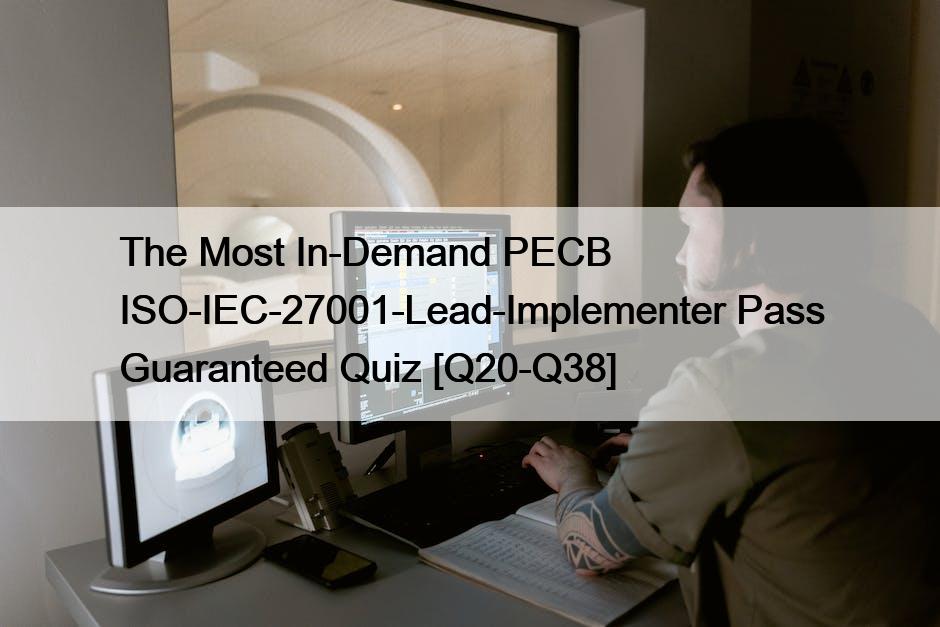
The Most In-Demand PECB ISO-IEC-27001-Lead-Implementer Pass Guaranteed Quiz
New Version ISO-IEC-27001-Lead-Implementer Certificate & Helpful Exam Dumps is Online
PECB ISO-IEC-27001-Lead-Implementer certification exam is designed to evaluate an individual’s understanding and knowledge of implementing, maintaining, and managing an Information Security Management System (ISMS) based on the ISO/IEC 27001 standard. PECB Certified ISO/IEC 27001 Lead Implementer Exam certification exam is offered by the Professional Evaluation and Certification Board (PECB), an internationally recognized certification body that provides training and certification services in various fields.
PECB ISO-IEC-27001-Lead-Implementer exam is designed to test the knowledge and skills of individuals in the implementation of an ISMS based on the ISO/IEC 27001 standard. ISO-IEC-27001-Lead-Implementer exam covers various topics such as the planning, implementation, monitoring, and review of an ISMS. It also covers the risk management process, security controls, and the legal and regulatory requirements that organizations need to comply with.
ISO-IEC-27001-Lead-Implementer Free Certification Exam Material with 82 Q&As : https://www.dumpstorrent.com/ISO-IEC-27001-Lead-Implementer-exam-dumps-torrent.html